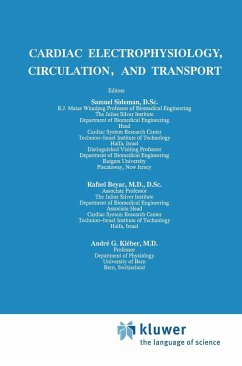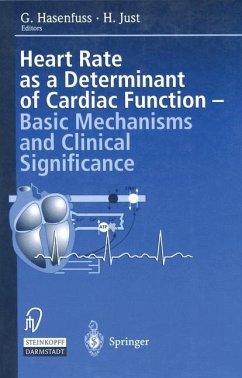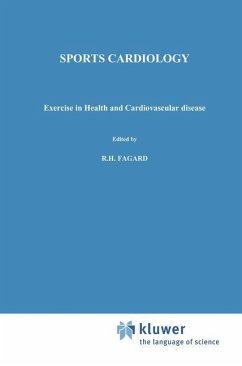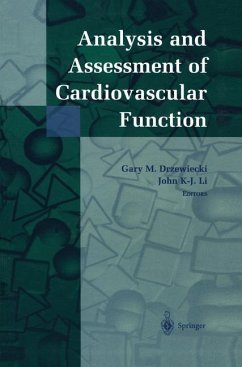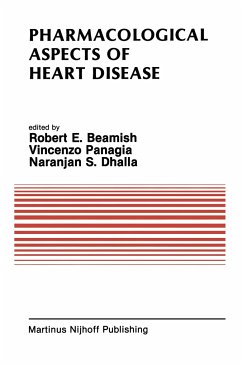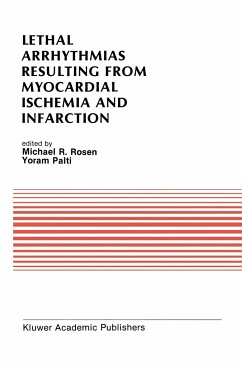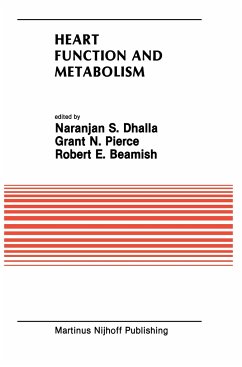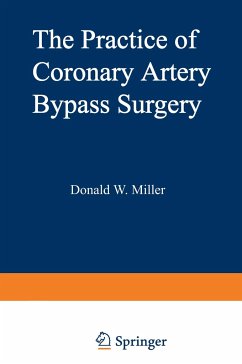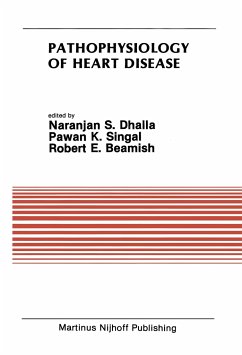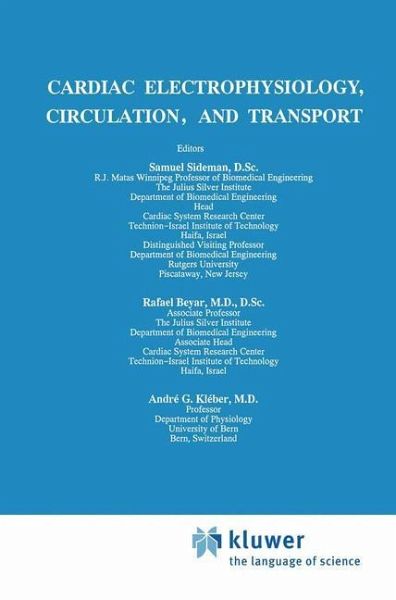
Cardiac Electrophysiology, Circulation, and Transport

PAYBACK Punkte
77 °P sammeln!
The cardiac system represents one of the most exciting challenges to human ingenuity. Critical to our survival, it consists of a tantalizing array of interacting phenomena, from ionic microscopic transport, membrane channels and receptors through cellular metabolism, energy production to fiber mechanics, microcirculation, electrical activation to the global, clinically observed, function, which is measured by pressure, volume, coronary flow, heart rate, shape changes and responds to imposed loads and pharmaceutical challenges. It is a complex interdisciplinary system requiring the joint effort...
The cardiac system represents one of the most exciting challenges to human ingenuity. Critical to our survival, it consists of a tantalizing array of interacting phenomena, from ionic microscopic transport, membrane channels and receptors through cellular metabolism, energy production to fiber mechanics, microcirculation, electrical activation to the global, clinically observed, function, which is measured by pressure, volume, coronary flow, heart rate, shape changes and responds to imposed loads and pharmaceutical challenges. It is a complex interdisciplinary system requiring the joint efforts of the life sciences, the exact sciences, engineering and technology to understand and control the pathologies involved. The Henry Goldberg Workshops were set up to address these challenges. Briefly, our goals are: 1. To foster interdisciplinary interaction between scientists from different areas of cardiology, identify missing links, and catalyze new questions. 2. To relate micro scale cellular phenomena to the global, clinically manifested cardiac function. 3. To relate conceptual modeling and quantitative analysis to experimental and clinical data. 4. To encourage international cooperation so as to disperse medical and technological know how and lead to better understanding of the cardiac system. Today we celebrate the 7th birthday of a dream come true; a dream to bring together the diversified expertise in the various fields of science, engineering and medicine, to relate to the numerous interactive parameters and disciplines involved in the performance of the heart.



